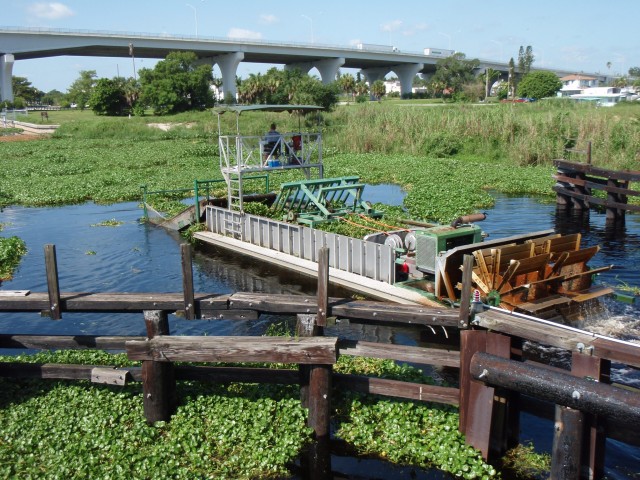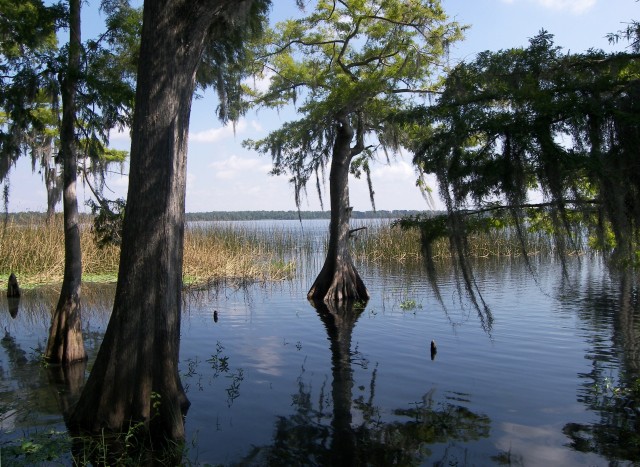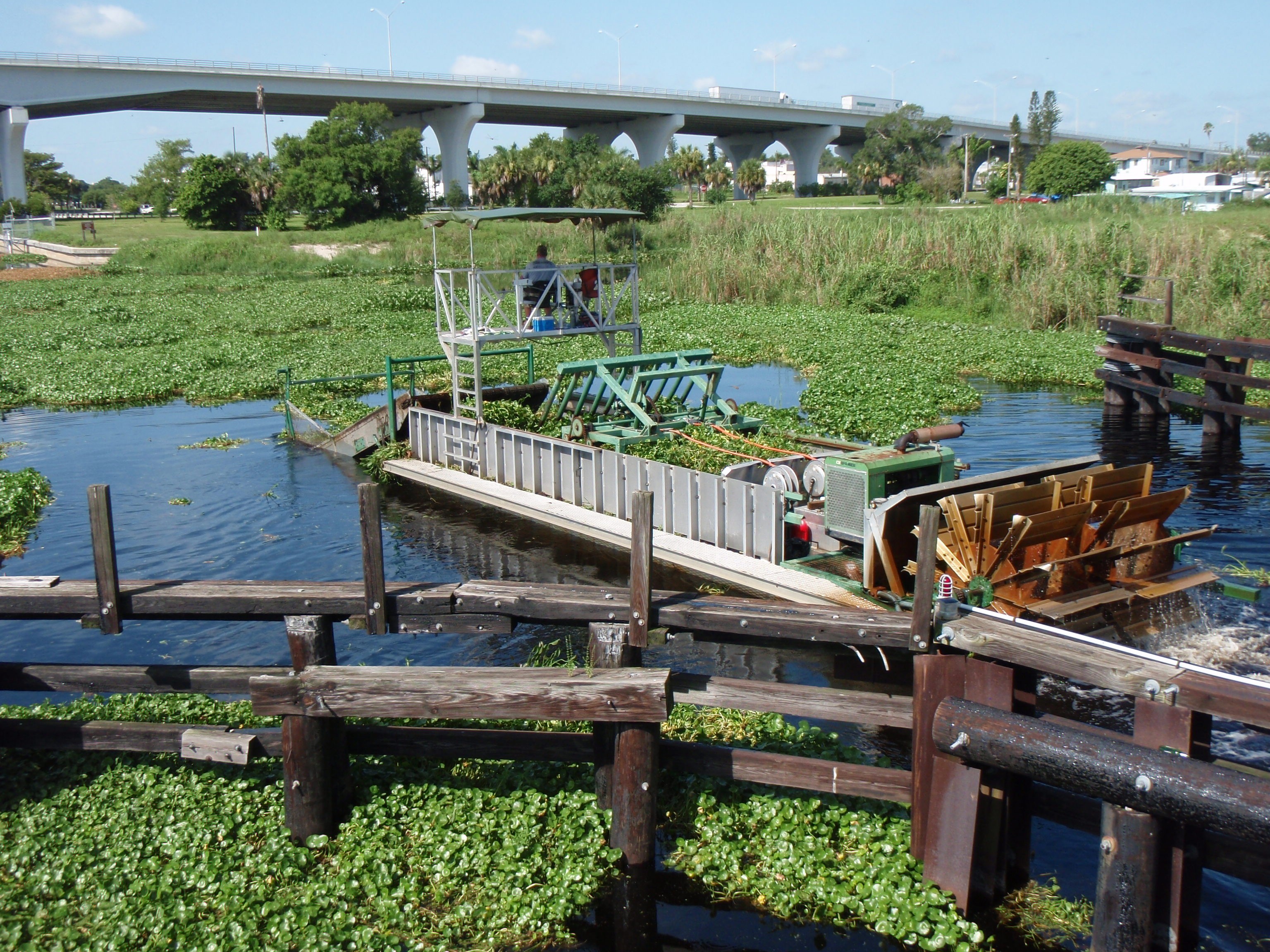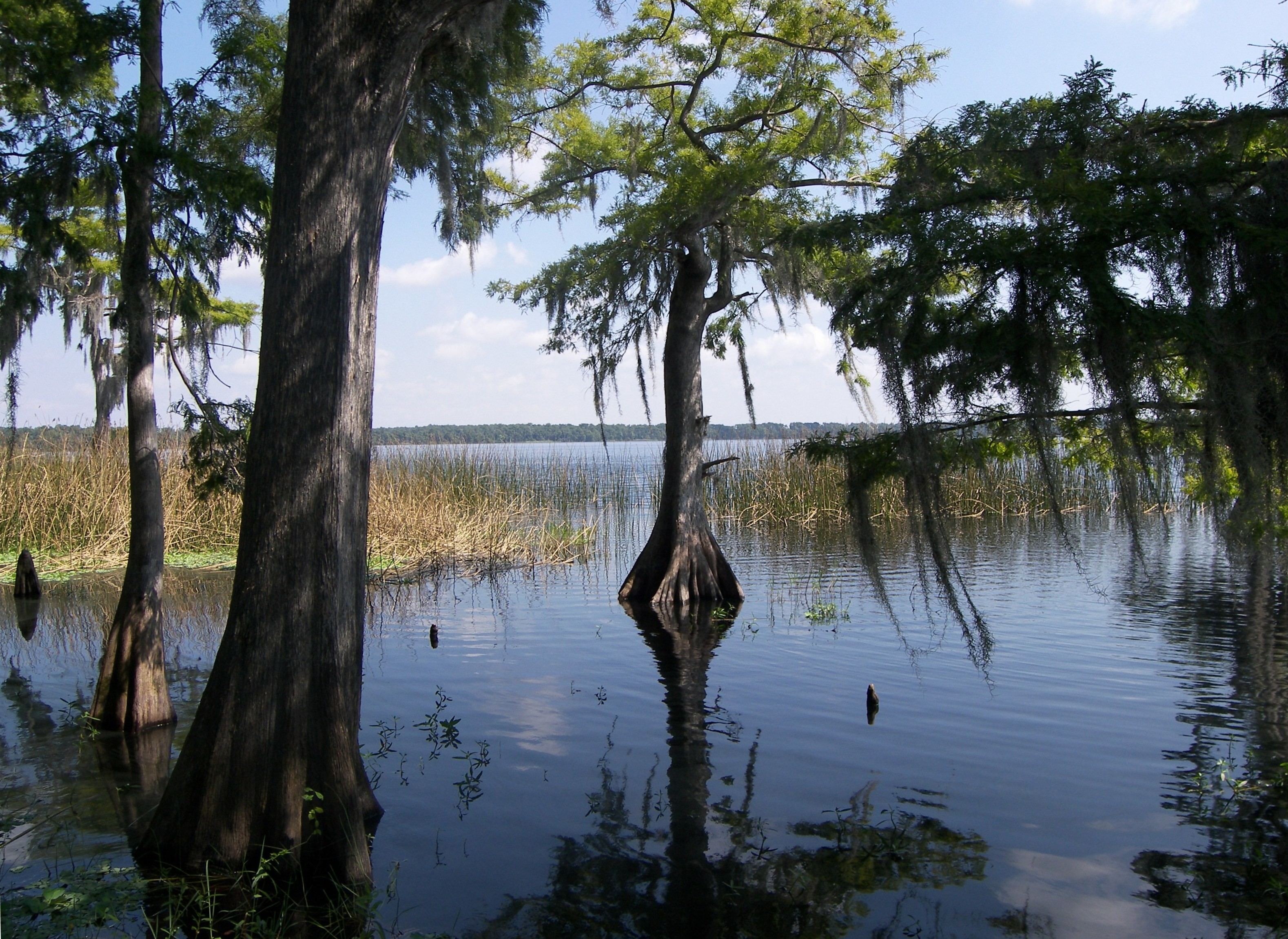JACKSONVILLE, Fla. - Forty years after the first Earth Day, the U.S. Army Corps of Engineers Jacksonville District's environmental mission continues to contribute daily to environmental sustainability, ecosystem restoration, natural resources management and the protection of threatened and endangered species.
"For the Jacksonville District team, Earth Day is every day," said Col. Alfred Pantano, district commander. "Our employees are public servants who care deeply and personally about the environment, and demonstrate their commitment to its protection and enhancement on a daily basis."
Jacksonville District leads a partnership of federal and state agencies on the Corps' single largest ecosystem restoration project - the restoration of America's Everglades. In recent months, construction began on two major projects that will significantly move the restoration effort forward.
The Picayune Strand Restoration Project, part of the Comprehensive Everglades Restoration Plan and partially funded under the American Recovery and Reinvestment Program (ARRA), will restore wetlands and a natural sheetflow of water to the Ten Thousand Islands National Wildlife Refuge.
The Tamiami Trail portion of the Modified Water Deliveries to Everglades National Park will replace a portion of the highway with a one-mile bridge, allowing water to flow south into the park and reviving wetland habitat for more than 60 threatened and endangered species.
Another project partially funded by ARRA is the restoration of more than 40 miles of historic Kissimmee River, the headwaters of the Everglades. The project will reclaim more than 27,000 acres of flood plain wetlands and reestablish habitat for more than 30 fish and wildlife species, including three endangered species. Even prior to project completion, wading birds, waterfowl, shorebirds, fish, alligators, turtles, otters and deer have already returned to the area.
The Upper St. Johns River Basin Project improved water quality, river marsh and wildlife habitat. The project received the International River Foundation's International Thiess Riverprize in 2008, for its use of innovative design and management approaches that provided environmental benefits along with flood damage reduction, covering a total of 247 square miles in portions of eight Florida counties.
Environmental considerations, including protection of threatened and endangered species, are paramount in shoreline protection, dredging and navigation projects in Florida and the Antilles. Shoreline protection and beach restoration projects are conducted within environmental windows that protect nesting sea turtle habitat and aquatic habitat.
Jacksonville District worked in conjunction with federal, state and local agencies to incorporate sensors on navigation locks that detect the presence of manatees and help protect them from harm during lock operations, and to safely and successfully relocate two bald eaglets from the Herbert Hoover Dike rehabilitation project area at Lake Okeechobee.
For the past 25 years, the Corps and the dredging industry have partnered, along with other federal agencies, to develop protocols and operational methods and to modify dredging equipment to reduce potential impacts associated with the use of hopper dredges to sea turtles. Careful monitoring during dredging operations also helps to protect Northern right whales during their calving season along coastal Florida. Jacksonville District is also a member of the U.S. Coral Reef Task Force, leading U.S. efforts to preserve and protect coral reef resources.
The U.S. Army Corps of Engineers' Regulatory program protects waters of the United States, including federally delineated wetlands and navigable waters. Jacksonville District administers the largest Regulatory permit program in the Corps, processing an average of 10,000 actions each year. The Regulatory team evaluates impacts from navigation and flood damage reduction projects, as well as projects involving the discharge of dredge and fill materials to jurisdictional areas. In Florida and Puerto Rico, Jacksonville District's partnerships with other federal and state agencies helped launch cooperative watershed and ecosystem management programs to minimize wetland impacts and restore natural areas.
One of the U.S. Army Corps of Engineers' seven Environmental Operating Principles states that the Corps will "continue to accept corporate responsibility...for activities and decisions under our control that impact ...the continued viability of natural systems." For example, on a Jacksonville District flood damage reduction project along Rio Anton Ruiz in Puerto Rico, unavoidable impacts to two acres of wetland were mitigated through the creation of four acres of new wetland. The wetland will be monitored for two years, ensuring its sustainability before it is transferred to the local government for long-term monitoring and maintenance.
One of Jacksonville District's primary environmental stewardship missions is the management of invasive species. Biologists and technicians use safe, innovative methods to control the spread of invasive vegetation, restoring shoreline ecology and ensuring safe navigation of waterways. The Invasive Species Management Branch serves as the Aquatic Plant Control Operations Support Center for the nation. In addition to controlling invasive aquatic plants, Jacksonville District is responsible for developing and implementing a monitoring plan for the zebra mussel. Last year, ARRA-funded snagging and clearing operations conducted on the Ocklawaha River have also benefited the river's ecosystem. Snags were cleared from the federal navigation channel on the river and pushed to the shoreline, creating productive fish habitat.
Jacksonville District's natural resources management program includes eight recreation areas, three campgrounds, five boat ramps and three visitor centers around Lake Okeechobee and along the Okeechobee Waterway, providing opportunities for more than six million visitors to South Florida each year to camp, fish, bike, or relax and enjoy nature's beauty.
"The Corps manages one of the largest federal environmental missions in the United States, touching the lives of nearly every American. Together with our federal, state and local partners, we are building a sustainable environment," said Pantano. "This contributes to the quality of life for the communities we serve, and helps to ensure that our precious natural resources are preserved for future generations."




Social Sharing